Reviewed: 28
This is a practical guide to Surface Science for researchers working in the Plastics Industry.
In this all-new guide you’ll learn all about:
Let’s dive right in.

The plastic industry faces a major challenge: ensuring proper adhesion between different types of polymers. This can be either unwanted or insufficient adhesion. To overcome these hurdles, understanding surface and interfacial properties is crucial. Plastic manufacturers actively analyze surface properties like contact angle, sliding angle, surface energy, and surface tension. By meticulously studying these parameters, they can accurately predict how plastics interact with their environment and other materials. This knowledge empowers them to easily evaluate adhesion, wetting behavior, coating, printing, and ultimately, the overall performance of their products.
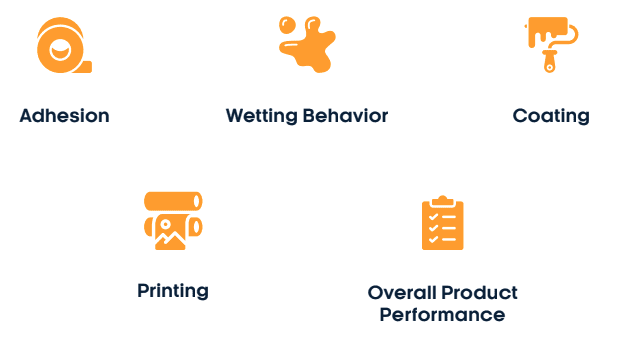
We use the important surface properties below to understand the behavior of Plastics products and improve their quality.
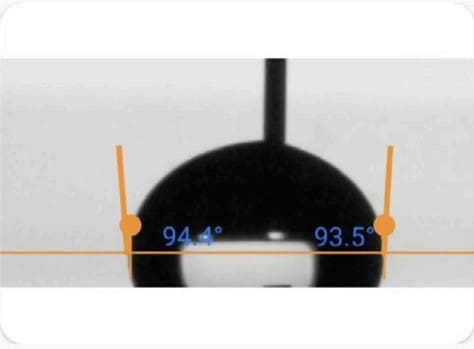
Young – Laplace Method
Polynomial Method
Dynamic Contact Angle
Ideally, when we place a drop on a solid surface, a unique angle exists between the liquid and the solid surface. We can calculate the value of this ideal contact angle (the so-called Young’s contact angle) using Young’s equation. In practice, due to surface geometry, roughness, heterogeneity, contamination, and deformation, the contact angle value on a surface is not necessarily unique but falls within a range. We call this range’s upper and lower limits the advancing contact angle and the receding contact angle, respectively. The values of advancing and receding contact angles for a solid surface are also very sensitive. They can be affected by many parameters, such as temperature, humidity, homogeneity, and minute contamination of the surface and liquid. For example, the advancing and receding contact angles of a surface can differ at different locations.
Practical surfaces and coatings naturally show contact angle hysteresis, indicating a range of equilibrium values. When we measure static contact angles, we get a single value within this range. Solely relying on static measurements poses problems, like poor repeatability and incomplete surface assessment regarding adhesion, cleanliness, roughness, and homogeneity.
In practical applications, we need to understand a surface’s liquid spreading ease (advancing angle) and removal ease (receding angle), such as in painting and cleaning. Measuring advancing and receding angles offers a holistic view of liquid-solid interaction, unlike static measurements, which yield an arbitrary value within the range.
This insight is crucial for real-world surfaces with variations, roughness, and dynamics, aiding industries like cosmetics, materials science, and biotechnology in designing effective surfaces and optimizing processes.
Learn how Contact Angle measurement is done on our Tensiometer
For a more complete understanding of Contact Angle measurement, read our Contact Angle measurement: The Definitive Guide
This property measures the force that acts on the surface of a liquid, aiming to minimize its surface area.
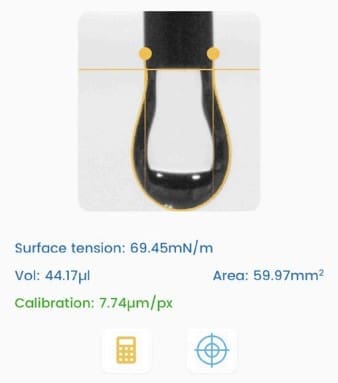
Dynamic Surface Tension
Dynamic surface tension differs from static surface tension, which refers to the surface energy per unit area (or force acting per unit length along the edge of a liquid surface).
Static surface tension characterizes the equilibrium state of the liquid interface, while dynamic surface tension accounts for the kinetics of changes at the interface. These changes could involve the presence of surfactants, additives, or variations in temperature, pressure, and composition at the interface.
Dynamic surface tension is essential for processes that involve rapid changes at the liquid-gas or liquid-liquid interface, such as droplet and bubble formation or coalescence (change of surface area), behavior of foams, and drying of paints (change of composition, e.g., evaporation of solvent). We measure it by analyzing the shape of a hanging droplet over time.
Dynamic surface tension applies to various industries, including cosmetics, coatings, pharmaceuticals, paint, food and beverage, and industrial processes, where understanding and controlling the behavior of liquid interfaces is essential for product quality and process efficiency.
Learn how Surface Tension measurement is done on our Tensiometer
For a more complete understanding of Surface Energy measurement, read our Surface Tension measurement: The Definitive Guide

Learn how Surface Energy measurement is done on our Tensiometer
For a more complete understanding of Surface Energy measurement, read our Surface Energy measurement: The Definitive Guide
The sliding angle measures the angle at which a liquid film slides over a solid surface. It is commonly employed to assess the slip resistance of a surface.
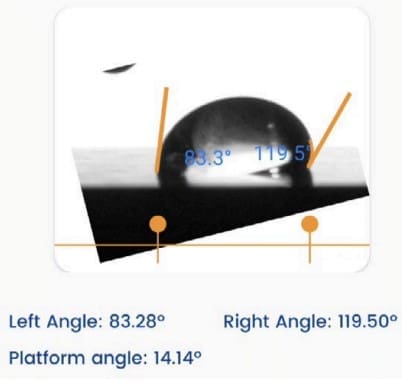
Learn how Sliding Angle measurement is done on our Tensiometer
For a more complete understanding of Sliding Angle measurement, read our Sliding Angle Measurement: The Definitive Guide
Within the Plastics industry, several case studies exemplify the advantages of conducting surface property measurements.
A packaging company is battling poor ink adhesion on their plastic containers, leading to label smudging and reduced shelf appeal. To fix this, they measure the surface energy of the plastic. This reveals that the plastic has low surface energy, making it difficult to wet and leading to poor ink adhesion. The company then modifies the surface chemistry through plasma treatment to increase the surface energy. This increases surface energy, improves ink adhesion, and enhances the packaging appearance.


A medical device manufacturer is driven to create a plastic catheter with superior biocompatibility, minimizing the risk of blood clot formation. Recognizing the crucial role of surface properties, they leverage surface energy and contact angle measurements to strategically optimize the catheter material’s surface energy. Through the precise application of a hydrophilic coating, they successfully increase surface energy, leading to reduced clot formation risk and enhanced overall biocompatibility of the device.
Hydrophobic surfaces with microstructures are in high demand for self-cleaning and drag-reduction applications. To create such surfaces on microplastic parts, a manufacturer utilizes the micro ultrasonic powder molding (micro-UPM) technique. They meticulously analyze and optimize key parameters such as ultrasonic energy, welding pressure, pressure holding time, and replication rate to achieve the desired surface contact angle and, consequently, the desired hydrophobic properties.
The results demonstrate that the micro-UPM method provides an efficient and rapid solution for producing hydrophobic microplastic components.

If you are interested in implementing these or any other applications, please contact us.
In an industry where precision reigns supreme, where do Plastics manufacturers turn to ensure their products can survive scrutiny? The answer lies in standards and guidelines: the compass that guides cosmetics manufacturers through the complex maze of quality and performance.
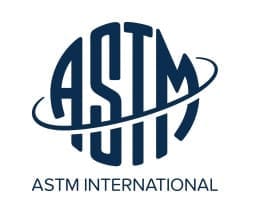
This standard provides the guidelines for surface treatments which are applicable where the ability of polymer films to retain inks, coatings, adhesives, etc. is being explored. The contact angle of water can be used as a guiding factor to define the effectiveness of surface treatments on polymer films. The water contact angle is measured by capturing an image of a liquid drop placed on a solid and then analyzing it. As per the standard, a guiding contact angle range to define the level of surface treatments is given as follows:
|
Marginal or no treatment |
>90° |
|
Low treatment |
85 to 90° |
|
Medium treatment |
78 to 84° |
|
High treatment |
71 to 77° |
|
Very high treatment |
<71° |

This standard also provides the details for the measurement of the contact angle of water droplets on corona-treated polymer film surfaces and in this way determine the wetting tension of the film. As per this standard, surface energy can be defined as energy that is associated with the intermolecular forces at the interface between two surfaces and it is measured as free energy per unit area. Also static contact angle is defined as an angle between a plane solid surface and the tangent drawn in the vertical plane at the interface between the plane solid surface and the surface of a droplet of liquid resting on the surface.
This standard provides a method of determination of the wetting tension of plastic film surfaces and sheeting in contact with drops of specific test solutions. Evaluation of surface tension can be quite useful in different surface-treatment techniques to improve the ability of plastic films to retain inks, coatings, adhesives, etc.
We hope this guide showed you how to apply surface science in cosmetics industry.
Now we’d like to turn it over to you:
Droplet Lab was founded in 2016 by Dr. Alidad Amirfazli, faculty member at York University, and two of his researchers, Dr. Huanchen Chen and Dr. Jesus L. Muros-Cobos.
Dropletlab © 2024 All Rights Reserved.